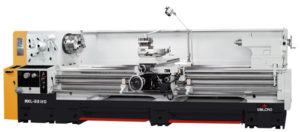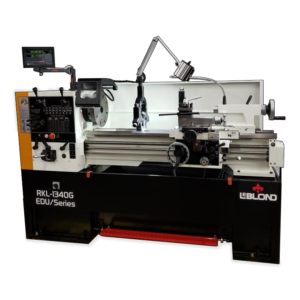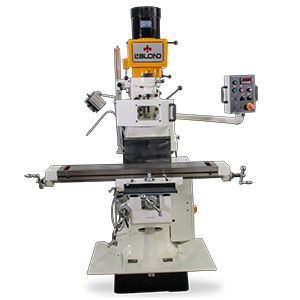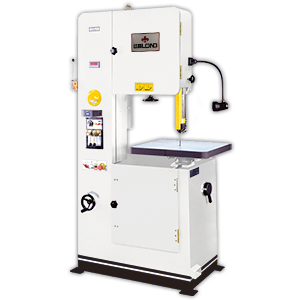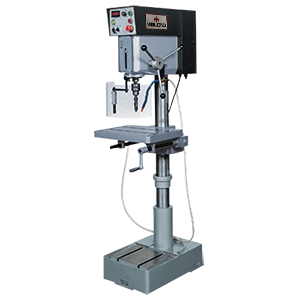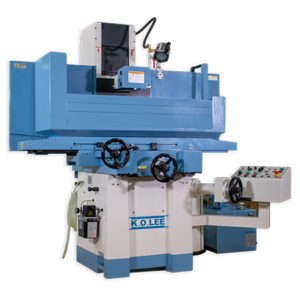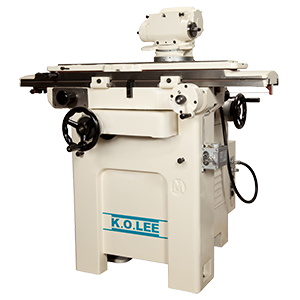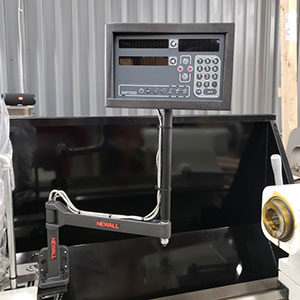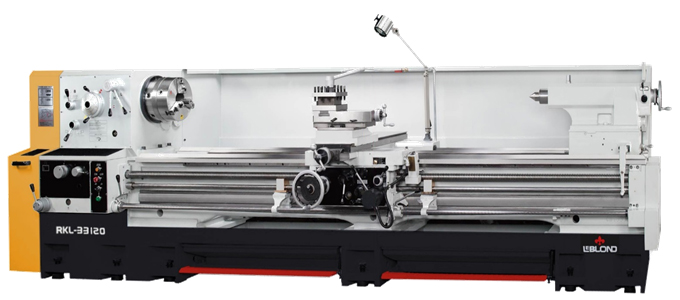Consider These 5 Tips for Cutting Extremely Large Parts
Gain experience through practicing the following metalworking techniques
1. Maintain Rigidity and Stability
Ensure your lathe and workholding setup are robust and rigid. There are many factors to assure setup maintains quality machining of large parts. Some of the most important checks include calibrating the lathe; leveling, checking and tightening fasteners; and aligning the chuck and spindle. Applying dampening and absorption techniques minimizes vibration by using vibration-dampening toolholders or anti-vibration pads. Large parts can generate significant cutting forces, which can cause vibrations and chatter if the setup isn’t stable. Use heavy-duty tooling and secure the workpiece firmly. Finally, limit tool overhang with short, rigid tools to decrease deflection.
2. Support the Tailstock
For long or heavy parts, use the tailstock to provide additional support. This helps reduce deflection and improves accuracy. Consider using a live center for continuous support during machining. Alignment of the tailstock with the lathe axis is also key to maintain high quality parts.
3. Use Slow and Controlled Feeds
Large parts can be unwieldy, so use slow and controlled feed rates when cutting. This minimizes the risk of tool breakage, chatter, and workpiece damage. Utilize the lathe’s speed and feed controls judiciously. Doing so improves surface finish by reducing vibration and chatter. Large parts produce large chips. Slower feeds improve chip evacuation and reduce the risk of chip clogging.
4. Make Proper Tool Selection and Maintenance
Choose cutting tools with the right geometry and materials for the job. Carbide inserts are often a good choice for heavy-duty cutting on large parts. Regularly monitor and maintain the tools to ensure optimal performance and tool life. Beyond visual inspection, there are tool monitoring systems available that warn a machinist of wear and damage. Some options include acoustic monitoring, vibration analysis, temperature monitoring and other tool breakage detection systems identifying deviations from the control.
5. Always Consider Safety Precautions
When working with large parts, safety is paramount. Heavy, unwieldy and larger than usual workpieces can pose challenges not experienced with smaller parts manufacturing. Lifting and moving heavy parts can pose challenges if not prepared. Make sure you have adequate safety measures in place, including proper guarding, emergency stop mechanisms, lifts or gantry cranes and protective barriers. Always follow safety guidelines to prevent accidents.
Remember that the specific techniques may vary depending on the exact type of metal you’re working with, so it’s essential to consider the material’s properties and adapt your approach accordingly. Always prioritize safety, and wear appropriate personal protective equipment when working with metals on a lathe. Contact your LeBlond representative for more details on best practices, improving quality or submit your question directly by submitting a request through our online form or call (888) 532-5663 and select option 2.
